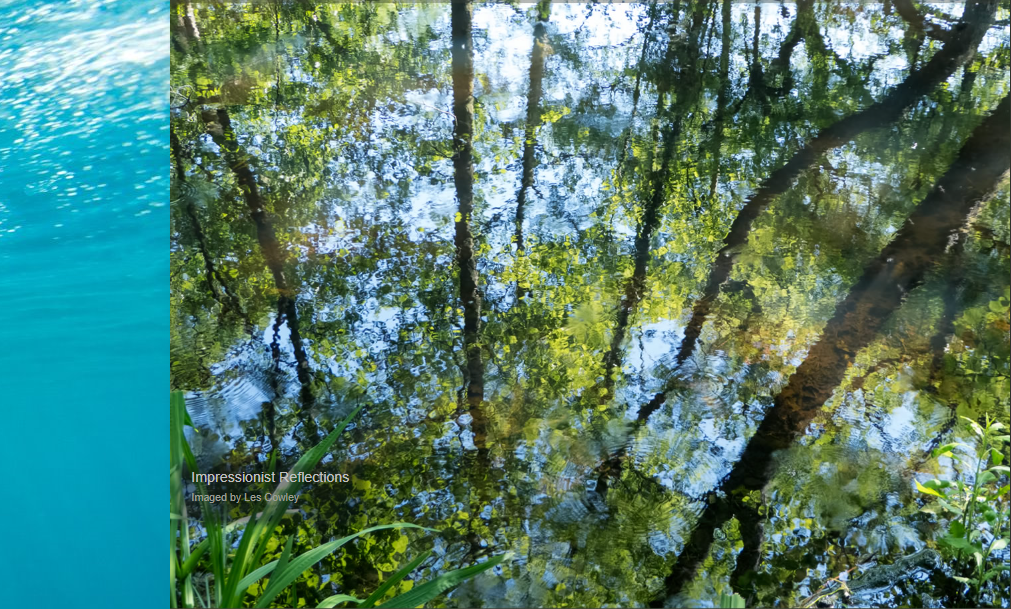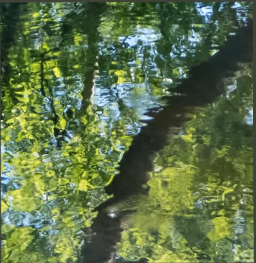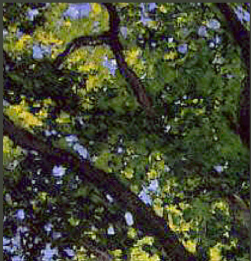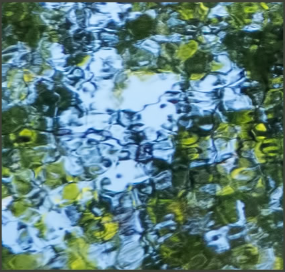Impressionist Reflections - OPOD
Impressionist Reflections - Capturing the Beauty of Nature
Impressionism, an art movement that emerged in the 19th century, revolutionized the way artists perceived and represented the world around them. One of the defining features of Impressionist art was the focus on capturing the nuances of light and color in outdoor settings. Artists like Claude Monet, known for his iconic water lily paintings, ventured outside with their plein air palettes and brushes to paint directly from nature. This article explores the mesmerizing phenomenon of impressionist reflections, where the interplay between light, water, and the surrounding environment creates a stunning visual spectacle.
The Enchanting Dance of Light and Water
Impressionists saw the world with a painter's eye, attuned to the subtle interplay between light and its surroundings. They were captivated by the ever-changing reflections that danced upon water surfaces. Whether it was a tree tented pool, a breeze-rippled glass, or sun-dappled leaves, impressionist artists sought to capture these fleeting moments of beauty on their canvases.
The Magic of Reflections
The allure of impressionist reflections lies in their ability to transform a seemingly ordinary scene into a captivating work of art. Each wavelet and dimple on the water's surface sculpts a unique combination of convex and concave shapes, creating a mirror-like effect that reflects the landscape and sky. These reflections are not mere replicas but distorted and rearranged versions of reality, adding an ethereal quality to the artwork.
Multiple Perspectives in a Single Canvas
What makes impressionist reflections truly remarkable is their ability to present multiple perspectives simultaneously. As light interacts with the water's surface, it creates a series of reflections, each with its own unique characteristics. These reflections can appear inverted, not inverted, or wrapped around objects, providing viewers with a multi-dimensional experience. The interplay between these various reflections adds depth and complexity to the artwork, inviting viewers to immerse themselves in the scene.
The Impressionist Technique
Impressionist artists employed quick, deft strokes of paint to capture the ephemeral nature of reflections. By using vibrant and contrasting colors, they were able to convey the play of light and shadow on the water's surface. The use of broken brushwork allowed for a sense of movement and spontaneity, mirroring the ever-changing qualities of reflections. This technique, combined with the artists' keen observation skills, enabled them to create artworks that evoked a sense of atmosphere and captured the essence of a particular moment in time.
Exploring Impressionist Reflections
To fully appreciate impressionist reflections, one must venture outdoors and observe nature firsthand. Whether it's a serene pond, a bustling cityscape reflected in a river, or a shimmering lake at sunset, the possibilities for inspiration are endless. Take the time to notice the interplay between light, water, and the surrounding environment. Observe how reflections transform the scene and add a touch of magic to your surroundings.
Conclusion
Impressionist reflections are a testament to the beauty and wonder of the natural world. Through their unique perspective and mastery of capturing light and color, impressionist artists created artworks that continue to captivate audiences to this day. The interplay between light and water, the multiple perspectives presented in a single canvas, and the use of quick, expressive brushwork all contribute to the enchanting allure of impressionist reflections. So next time you find yourself near a body of water, take a moment to appreciate the mesmerizing dance of light and let your inner impressionist come alive.

Tree tented pool
Breeze rippled glass
Sun dappled leaf
Echoed sky
Painter’s eye
Impressionist brush
Plein air palette


Impressionists saw clearly.
Tube paints, inclination and energy led them outdoors. They painted Nature directly.
Quick deft strokes captured the nuances of light and colour, of trembling water, of curling gnomic reflection.
Camera at left. Claude Monet at right


Sky pools. Each wavelet, each dimple, sculpts combined convex and concave. They cast back landscape and sky. Not once but several times. Inverted, not inverted, wrapped.

Note: this article has been automatically converted from the old site and may not appear as intended. You can find the original article here.
Reference Atmospheric Optics
If you use any of the definitions, information, or data presented on Atmospheric Optics, please copy the link or reference below to properly credit us as the reference source. Thank you!
-
<a href="https://atoptics.co.uk/blog/impressionist-reflections-opod/">Impressionist Reflections - OPOD</a>
-
"Impressionist Reflections - OPOD". Atmospheric Optics. Accessed on November 26, 2024. https://atoptics.co.uk/blog/impressionist-reflections-opod/.
-
"Impressionist Reflections - OPOD". Atmospheric Optics, https://atoptics.co.uk/blog/impressionist-reflections-opod/. Accessed 26 November, 2024
-
Impressionist Reflections - OPOD. Atmospheric Optics. Retrieved from https://atoptics.co.uk/blog/impressionist-reflections-opod/.